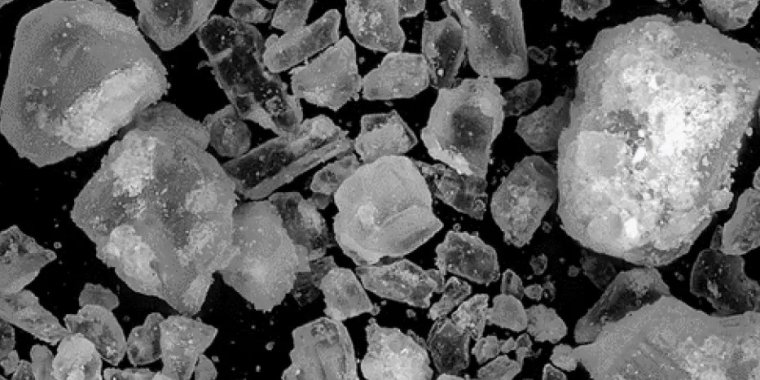| World |
People are disrupting natural 'salt cycle' on a global scale
The demand for salt comes at a cost to the environment and human health, according to a scientific review led by University of Maryland geologist Sujay Kaushal.

Human activities are rapidly accelerating Earth's natural "salt cycle." Photo: Alexander Klepnev
The paper revealed that human activities are making Earth's air, soil and freshwater saltier.
Geologic and hydrologic processes bring salt to Earth's surface over time, but human activities such as mining and land development are rapidly accelerating the natural "salt cycle."
Agriculture, construction, water and road treatment, and other industrial activities can also intensify salinization, which harms biodiversity and makes drinking water unsafe in extreme cases.
"If you think of the planet as a living organism, when you accumulate so much salt it could affect the functioning of vital organs or ecosystems," said Kaushal. "Removing salt from water is energy intensive and expensive, and the brine byproduct you end up with is saltier than ocean water and can't be easily disposed of."
The researchers described these disturbances as an "anthropogenic salt cycle," establishing that humans affect the concentration and cycling of salt on a global, interconnected scale.
"Twenty years ago, all we had were case studies," said study co-author Gene Likens, an ecologist at the University of Connecticut and the Cary Institute of Ecosystem Studies. "We could say surface waters were salty in New York or in Baltimore's drinking water supply. We now show that it's a cycle — from the deep Earth to the atmosphere — that's been significantly perturbed by human activities."
The study considered a variety of salt ions that are found underground and in surface water. "When people think of salt, they tend to think of sodium chloride, but our work over the years has shown that we've disturbed other types of salts, including ones related to limestone, gypsum and calcium sulfate," Kaushal said.
When dislodged in higher doses, these ions can cause environmental problems. Kaushal and his co-authors showed that human-caused salinization affected approximately 2.5 billion acres of soil around the world — an area about the size of the United States. Salt ions also increased in streams and rivers over the last 50 years, coinciding with an increase in the global use and production of salts.
Salinization is also associated with cascading effects. For example, saline dust can accelerate the melting of snow and harm communities — particularly in the western United States — that rely on snow for their water supply.
Because of their structure, salt ions can bind to contaminants in soils and sediments, forming "chemical cocktails" that circulate in the environment and have detrimental effects. (U.S. National Science Foundation)
YOU MAY ALSO LIKE





